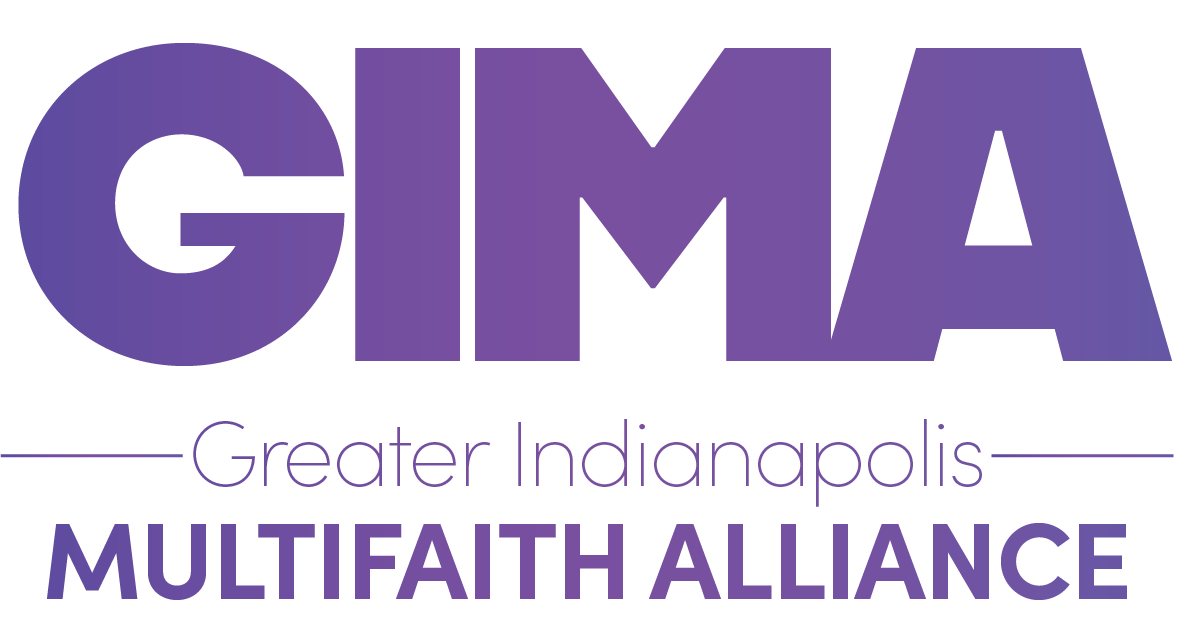We have a housing shortage… really!
I’ve written a lot about the lack of affordable housing in the Indianapolis area and Indiana. I think it warrants a broader look at the market rate housing industry to give some perspective.
There is a belief that homelessness and lack of affordable housing is simply a math problem. It’s also a belief that building market rate housing has a trickle down effect that addresses affordable and subsidized housing. There is enough evidence from both sides of that debate to come to the conclusion that I can’t come to a conclusion. What is apparent is that if more market rate housing translates to more affordable housing, it takes a long time. We don’t have that luxury.
The Common Sense Institute released a report in January entitled, Indianapolis Metropolitan Area Housing Affordability Report: The Data on Boone, Hamilton, Hancock, Hendricks, Johnson, Madison, Marion, Morgan, Putnam, and Shelby Counties. The findings are telling.
“The cost of housing in the Indianapolis metro area has made it a more expensive place to live. Since 2015, the price of housing in the Indianapolis metro area has exceeded the U.S. average. Significant fluctuations in demand during the pandemic, coupled with a growing supply shortage due to lagging development, have created the conditions for a tight housing market.” Our belief that Indianapolis and Indiana in general are cheap places to live is wrong. “Due to elevated prices and rising interest rates, the affordability of purchasing a home in the Indianapolis metro area is near its lowest point in more than 15 years. In just the past 8 years, the cost of purchasing an average-price home has increased by a range of 61% to 88%; much of that increase occurred over the last two years.”
“The housing deficit in 2022 is in the range of 18,852 to 61,238. To meet population growth by 2028 and close the housing deficit, between 66,000 and 115,000 housing units will need to be built.” Again, these are market rate houses and do not include affordable housing units. Indianapolis Star reporter Claire Rafford writes, “That's not realistic here” in her article Here's what Indy homebuilders have to say about the new housing market.
“Household incomes have not kept pace with rising housing costs.”
“Permits in the Indianapolis metro area are increasingly shifting away from single-family homes to multi-family structures.” While the report doesn’t state this, I suspect it is in part, the growing influence of out-of-state corporate investment in the rental market in the Indianapolis area.
The report has some great charts and graphs, but the most interesting to me is the Indianapolis Metro Area Homebuyer Misery Index. This index, “developed by the Common Sense Institute, captures the impact of housing prices and mortgage rates on the affordability of purchasing a new home. The metro-area Homebuyer Misery Index is based on 30-year mortgage rates and Zillow home prices for the counties under consideration.” Some time around 2009, Indianapolis went from below the US average to above it. “By October 2022,… the cost to purchase an average priced home went up by 58%.”
When builders give reasons for the lack of affordable housing in Indiana, they cite zoning regulations, lack of buildable lots, supply costs, and interest rates. Star reporter Rafford writes, “Many buyers want to purchase homes under $300,000, but it's difficult to build and sell them for that price due to regulations from cities and towns on everything from how many homes neighborhoods can include to the types of materials used to architectural standards about how the homes look, builders say.” These are tropes perpetuated by builders whose businesses are based on a reality that no longer exists. Most just haven’t re-evaluated their expectations that the days of massive profits on homebuilding is over. When did $300,000 become an affordable house? As the New York Times reported in 2022, Whatever Happened to the Starter Home?
Something has to change.

